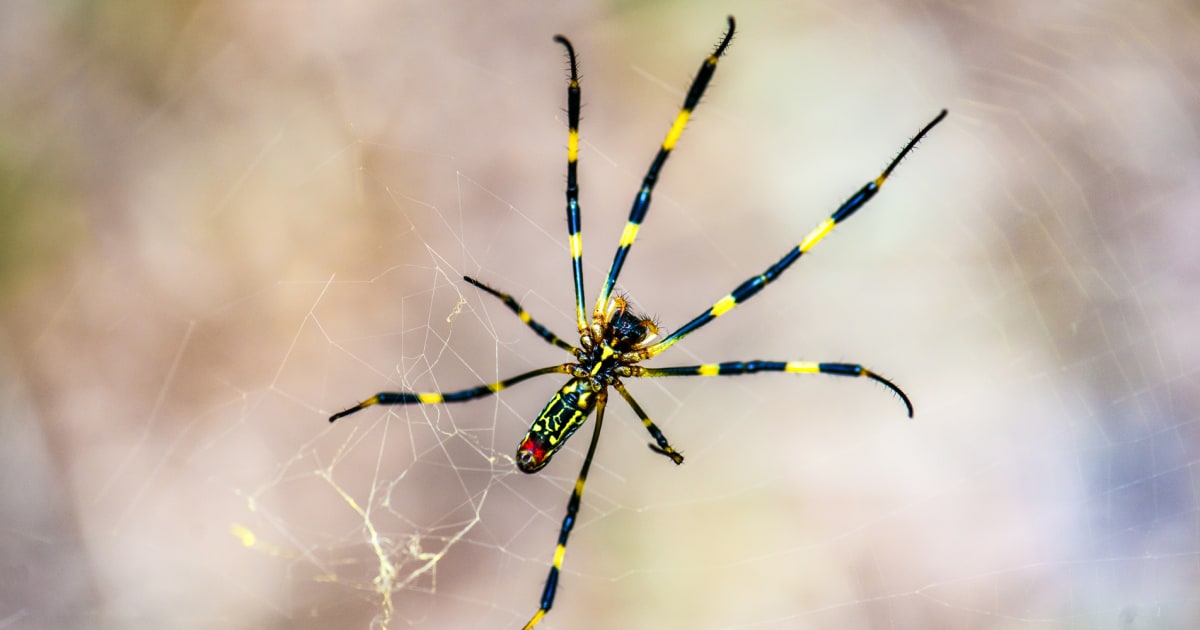
A large, vibrant yellow and black spider species known as the Joro spider has been making its way across the United States, particularly in the Southeast and East Coast regions. This invasive orb-weaver species, native to East Asia, has been causing quite a stir due to its size and unique characteristics.
The Joro spider is an invasive species that can span up to 8 inches when fully grown. They have bright yellow and black coloring and are most commonly seen in August and September. These spiders use a tactic called 'ballooning' for young spiders to travel using winds and electromagnetic currents of the Earth.
Despite their size, experts assure that Joro spider bites are not deadly or medically relevant to humans. However, they might cause an allergic reaction or itch in some individuals.
Joro spiders have been reported in various states including Georgia, South Carolina, North Carolina, Tennessee, Oklahoma, West Virginia, and Maryland. Researchers from Clemson University determined that Joro spiders can withstand freezing conditions better than golden silk spiders due to their higher metabolism and heart rate.
Joro spiders do not have wings but can sail on wind currents using their silk as a balloon. Adult female Joro spiders are most commonly seen in August and September. Their webs can span up to 10 feet, making them a sight to behold.
Despite the hype surrounding these spiders, experts advise that there is no need for alarm as they do not pose a threat to humans or pets. However, their arrival may impact native spider populations and ecosystems.
It is important to note that while Joro spiders are an invasive species, it is crucial to avoid spreading misinformation and fear. Always rely on credible sources for information.




